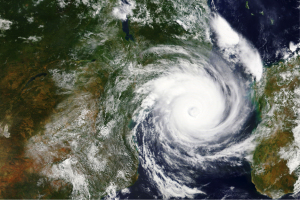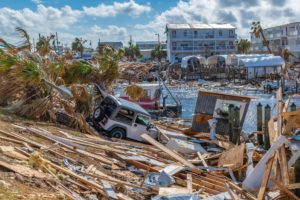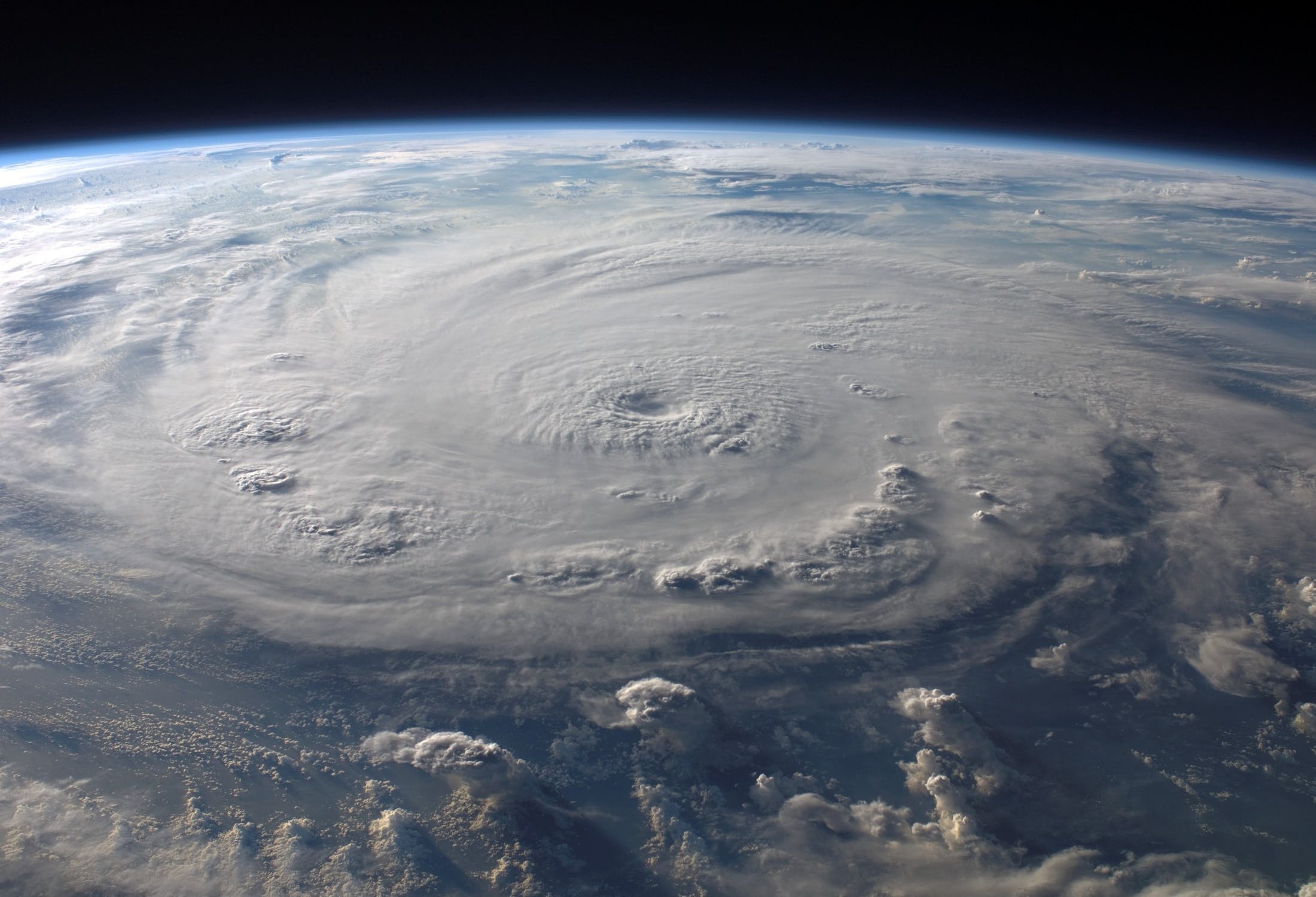Responding to a hurricane
Hurricanes (also known as cyclones and typhoons depending on where they form) often cause physical damage to property, infrastructure and the person as a result of their strong winds, tidal surges, tornadoes and heavy rains. Consequently, hurricanes often have catastrophic effects on commercial operations, personal security and travel plans.
This year’s hurricane season is expected to see average to above-average storm numbers, with the National Oceanic and Atmospheric Administration predicting 13-20 named storms, 6-10 hurricanes, and 3-5 major hurricanes. The forecasted absence of El Niño conditions towards the end of the year, which if present tends to rip apart hurricanes as they form, is considered a primary factor in the high predictions.
Hurricane-prone destinations now have the added complication of simultaneously dealing with the COVID-19 pandemic. The combination of these threats puts greater pressure on resources, leaving some people at greater risk of catching the virus. However, with careful preparation, a number of these risks can be minimised, in order to keep travellers safe. Travel managers in the current environment will be concerned that their journey management plans and evacuation support are no longer up-to-date.

Recent hurricanes
Hurricane Eta: 2020’s North Atlantic hurricane season had a record-breaking 30 named storms, one of the most damaging of which was Hurricane Eta. As the third most intense hurricane on record, Eta grew to a Category 4 and affected Central and North America during November 2020. The hurricane initially made landfall in Nicaragua before it tracked through the Caribbean and into the United States. The greatest death toll was recorded in Guatemala, where a single landslide in Alta Verapaz killed upwards of 100 people. Before it dissipated, Eta travelled on to Florida, where approximately 45,000 people were affected by power outages in Miami, while the state’s largest COVID-19 testing centre was flooded and temporarily closed. Relief efforts were severely hampered when two weeks later a Category 5 hurricane, Iota, struck the same areas affected by Eta and extended damage across the wider Americas. In total, Eta caused approximately USD8bn worth of damage to at least 12 countries across the region.
Cyclone Tauktae: In the midst of the deadliest period of the COVID-19 epidemic, India also endured a number of damaging cyclones. In May 2021, Cyclone Tauktae struck western India, killing 169 people. Winds of 185kph caused significant damage to coastal infrastructure as the cyclone travelled up the west coast, while heavy rains and flash flooding ruined swathes of agricultural land and displaced 200,000 people. In India alone, nearly 12 million people were affected by the cyclone, before it moved northwards to Pakistan and eventually dissipated.
Typhoon Haishen: Haishen formed in the western Pacific in September 2020, before it made landfall in southern Japan and tracked across East Asia. In preparation for its arrival, authorities in Japan asked eight million people to evacuate, and cancelled nearly 600 domestic flights and bullet train services. In South Korea, shipping lanes were suspended and flights cancelled. Upon making landfall in Japan, the typhoon brought strong winds and caused tidal surges, which led to widespread power outages, agricultural damage approaching USD120m, and killed two people. Significant operational disruption was recorded as a result of the typhoon, which travelled on to North Korea where it caused mass flooding, before dissipating over China.

NGS Advice
The following are pointers for travellers to consider when travelling to an area in which a hurricane is a notable risk.
BEFORE
– Watch for storm warnings before travelling to areas at risk of hurricanes
– Become familiar with local warning systems
– Review travel insurance to ensure coverage in the event of natural disaster, including unexpected expenses and evacuation
– Ensure evacuation plans are in place before travel
– Prepare a waterproof pack of essential items: bottled water, medications, food, radio, travel docs
– Carry spare charging devices and be mindful of the network coverage in country
– Have to hand a hard copy of assistance company contact information, as well as main employer POC
– Maintain contact with travel operators and hotels regarding validity of flights and bookings
– Retain communications with family and contacts at home
– Make contingency plans for disruption to travel, considering routes in and out of affected areas, access to airport and hospitals
– Ensure location to hibernate is allocated if plans to evacuate are not realised
– Prepare hibernation space by boarding up windows, removing objects that could be blown by the storm, filling up containers with clean water
– Be prepared to turn off power if flooding occurs
DURING (Outside)
– If caught out on the road, exit the vehicle and quickly seek local shelter, such as concrete overpasses
– Lay low, avoid areas surrounded by trees, signage, power lines, low-lying ground or wetlands, storm drainage and anywhere vulnerable to rapidly changing water levels and flying debris
– Ensure you understand your location exit routes and ground orientation: avoid low-lying and coastal areas, do not shelter within light prefabricated accommodation
– Follow routes advised by emergency workers
– Do not drive through flooded areas, as vehicles can be washed away or stall
– Monitor local media and news for updates to the meteorological environment
DURING (Hibernation)
– Stay away from windows by hiding in either a room without windows or a cupboard
– Prepare to leave if property is damaged or authorities order an evacuation
– Stay inside until an official announcement is made that the storm has passed
– Monitor local media and news for updates to the meteorological environment
AFTER
– Seek medical assistance if injured
– Be aware of security risks, including looting
– Use torches instead of candles if there is a power outage, to avoid fire risk
– Do not enter a damaged building
– Avoid fallen power lines
– Avoid wild or stray animals
– Do not eat contaminated water and food
– Be prepared to move to a safe place at short notice, keeping travel documents available
– Follow the advice of local authorities at all times
– Check-in with family and contacts at home
– Amend travel plans and notify your line manager when appropriate
NGS Support
These considerations are by no means exhaustive. They can be expanded according to an employer’s own risk appetite, and the advice of in-country security providers. Northcott Global Solutions is an international global assistance company that provides:
– Journey management planning
– Risk management
– Security support (including PPE)
– 24/7 tracking
– Emergency evacuation
– Remote medical support
Contact: security@northcottglobalsolutions.com
